TN Nursery Blog
- All posts
- #perennialfavorites #perennialplants #daylily #irisplants #daffodils #flowergardens
- #perennials
- 15 types of soil
- 1800s garden
- 2024 Gardening Trends
- 5 best plants for use in landscaping
- 5 top flowering plants
- 7 fast growing shrubs
- about
- About Tn Nursery
- acer rubrum
- acer saccharum
- Acorn Tree
- acorns
- advantages of planting ferns
- advice
- affordable gardening
- Affordable Landscaping
- affordable living
- affordable perennials
- affordable plants
- affordable trees
- African violet
- agricultural sustainability
- agriculture
- air pollution
- ajuga
- Ajuga For Sale
- ajuga plants
- ajuga reptans
- Alfresco Entertaining
- algae
- algae problems
- Allergies
- Almond
- Almond milk
- Almond Tree
- Almond Trees
- Alpine Garden
- American Arborvitae
- American arborvitae For Sale
- American Beech Tree
- american holly
- American Holly bushes
- American Holly bushes for sale
- American Holly for sale
- American wisteria
- Anacharis Canadensis
- Anemone
- Anemone Plant
- ann magnolia trees
- annual phlox
- Annual Phlox For Sale
- Antipasto
- apartment gardens
- Aphanostephus
- appealing garden
- Apple Fruit Trees
- apple pies
- apple trees
- Apple Trees for sale
- apples
- Apricot fruit
- Apricot Fruit Tree
- Apricot Fruit Trees For Sale
- apricot trees
- apricots
- aquarium moss
- aquarium wood
- aquatic plants
- aquatic plants for sale online
- arborist
- arborvitae
- arborvitae trees
- are lady ferns toxic
- Are Privet Plants High Maintenance?
- Are Privet Plants Invasive?
- Are the Virginia Bluebell Plants Invasive?
- Are Virginia Bluebells an Annual or Perennial?
- Are Virginia Bluebells Easy To Grow?
- Areca Palm
- arrow arum
- arrow wood viburnum
- arrowhead
- Arrowleaf Ginger Plant
- Arrowwood Viburnum
- Arthritis
- arts and crafts
- asarum europaeum
- Asclepias incarnate
- Asclepias tuberosa
- asian garden. asian gardening
- aster plants
- attract dragonflies
- Attracting Wildlife to a Garden
- Attributes Of Landscaping With Moss
- autumn fast growing shade trees
- Autumn garden
- Autumn Lawn Maintenance
- autumn leaf locations
- autumn trees
- azalea plants
- azalea shrubs
- B&B Trees
- balcony gardening
- bald cypress
- bald cypress trees
- bamboo
- bamboo and ferns
- Bamboo Palm
- bamboo plants
- Baneberry
- Baneberry Doll Eye Plant
- Baneberry doll's eye
- Bare Root
- Bare Root Flowering Trees
- Bare Root Flowering Trees for sale
- Bare Root Peonies
- Bare Root Plants
- Bare Root Plants for sale
- Bare Root Plants online
- bare root shrubs
- bare root trees
- Bare Root Trees for sale
- bareroot ferns
- bareroot perennials
- bareroot shrubs
- bareroot trees
- bareroot vines
- Basics
- basil
- basil cheap online
- bearded iris
- beautiful flowering trees
- beautiful garden
- beautiful gardens
- Beauty berry
- beautyberry bush
- bee balm
- bee gardening
- beech tree
- bees
- beggar tick
- beginner gardening
- beginning gardeners
- Bellflowers
- bellwort
- benefits in landscaping
- benefits of planting trees
- Benefits of Shrubs in Landscaping
- benefits of using native plants
- berries
- berry bush
- berry bushes
- berry plant
- berry plants
- berry plants for sale
- Berry Plants for sale online
- Best Nursery Online
- Best of the Best
- best Perennials
- best pruning times
- best selling plants
- best selling shrubs
- best shade perennials
- best summer flowers to plant
- best time to plant trees
- best trees for christmas trees
- Betty Ott Talking Garden
- biodiversity
- bird feeder
- bird garden
- bird seeds
- bird watching
- Bird's Foot Violet
- Bird's Nest Fern
- birdfeeder
- Birding plants
- birding trees
- birds
- birds foot violets
- Birmingham Zoo
- bishops plant for sale
- Bittersweet vine
- black berries
- Black Berries for sale online
- black cohosh
- black eyed susan
- black eyes susan plants
- black gum tree
- black gum trees
- black locust ttree
- Black Pine
- black pine tree
- black raspberry planting tips
- Black Tupelo
- black walnut tree
- Black Walnut Trees
- Black Willow
- black willow stakes
- Black-Eyed Susan
- Black-eyed Susans
- blackberries
- blackberries for sale
- blackberry
- Blackberry bush
- blackberry bushes for sale online
- blackberry cobbler
- blackberry cobbler recipe
- Blackberry Lily
- blackberry plants
- blackberry plants for salea
- blackberry shrub
- bladder fern
- Blanket Flower
- blanket flowers
- blazing star
- Blight
- blood
- blood root
- Blood Root Plant
- bloodroot
- Bloodroot Plant
- blooms
- Blue Cohosh
- blue fescue
- Blue Flag Iris
- blue flag iris plants
- blue flowers
- Blue Gama Grass
- blue hydrangea
- blue joint grass for sale
- blue lobelia
- Blue Vervain
- Blue Vervain Plant
- blue violets
- Bluebells
- Bluebells for sale
- Blueberries
- blueberry
- blueberry bush
- blueberry bush for sale
- blueberry bush online
- blueberry bushes
- blueberry plants
- blueberry shrub
- bluets
- bluets for sale
- bluets quaker ladies
- Bog Garden
- Bog gardening
- Bonsai
- Bonsai Care
- Bonsai for sale
- Bonsai Tree Care
- bonsai trees
- boquet
- border hedges
- border plants
- borders and edging
- Boston Fern
- boston ferns
- boulders
- box elder
- box elder live stakes
- Box Elder Tree
- boxwood hedges
- Boxwood Shrubs
- Boxwood Shrubs for sale onlinie
- Boxwoods
- Bracken Fern
- bracken ferns
- bradford pear tree
- brake fern
- Brake Ferns
- Brake Ferns for sale online
- Brick
- bright foliage
- Broom Forkmoss
- Broom Forkmoss For Sale
- broom sedge grass for sale
- Brown Eyed Susan
- Brown Eyed Susan For Sale
- brown turkey fig tree
- Brush Layer
- brush layers
- budget friendly gardening
- budget gardening
- budget gardens
- budget landscape
- budget landscaping
- bug problems
- bugle weed
- Bugleweed
- bul pine tree
- bul rush
- bulb plants
- bulbs
- bulbs for sale
- bunny
- burning bush
- bushes
- bushes and shrubs
- Bushy Bluestem Grass
- butterflies
- butterfly
- butterfly bush
- butterfly bush for sale at TN Nursery
- butterfly bushes
- Butterfly garden
- butterfly gardens
- butterfly perennials
- butterfly plants
- butterfly weed
- button bush stakes
- Buy
- buy American Holly bushes
- buy American Holly bushes online
- buy Apple Trees
- buy Apple Trees onlinw
- buy Apple treesonline
- buy Bare Root Flowering Trees
- buy Bare Root Flowering Trees online
- buy Bare Root Plants
- buy Bare Root Plants online
- buy Berry Plants
- buy Berry Plants online
- buy Big Bluestem online
- buy bishops plant online
- buy Bittersweet vine
- buy Black Berries
- buy black cohosh
- buy blue joint grass
- buy blue joint grass at TN Nursery
- buy Bluebells
- buy Bluebells online
- buy blueberry bushbuy
- buy bluets online
- buy Bonsai
- buy Bonsai online
- buy Boxwood Shrubs
- buy Boxwood Shrubs online
- buy Brake Ferns
- buy Brake Ferns onlione
- buy broom sedge
- buy broom sedge at mail order nursery
- Buy Brown Eyed Susan
- buy butterfly bush online
- buy Carolina Snailseed
- buy Carolina Snailseed online
- buy cattails
- buy cattails online
- buy cheap plants
- buy coontail plant online
- buy coontail plants near me
- buy Corn
- buy Corn online
- buy Daffodil Bulbs
- buy Daffodil Bulbs online
- buy Daffodils
- buy Daffodils online
- buy daylillies
- buy Dear Berry
- buy Dear Berry online
- Buy easy perennials
- buy european ginger online
- buy Fern Plant
- buy Fern Plant online
- buy Fern Plants
- buy Fern Plants online
- buy ferns
- buy ferns for sun at TN Nursery
- buy ferns online
- buy ferns online at TN Nursery
- buy Fiddlehead Fern
- buy Fiddlehead Fern online
- buy Flowering Shrubs
- buy Flowering Shrubs online
- buy Flowering Trees
- buy Flowering Trees online
- buy flowers online
- buy foam flowers online
- buy fresh herbs
- buy fresh herbs online
- buy Fruit Trees
- buy Fruit Trees online
- buy fruiting trees
- Buy Garden Phlox online
- buy garden plants
- buy Glade Fern
- buy Glade Fern online
- buy Golden Poppy
- buy Golden Poppy online
- buy green bulrush
- buy Ground Covers
- buy Ground Covers and Vines
- buy Ground Covers and Vines online
- buy Ground Covers online
- buy groundcovers
- Buy Hearts A Bustin
- Buy Hearts A Bustin Online
- buy Hedges
- buy Hedges online
- Buy herbs
- buy herbs online
- Buy hummingbird plants
- buy Hydrangea
- buy Hydrangea online
- buy hydrangeas
- Buy hydrangeas online
- buy iris online
- buy iris plants
- buy Jack In The Pulpit
- buy Jack In The Pulpit online
- buy ladybugs online
- buy landscaping trees
- buy Legacy Sugar Maple
- buy Legacy Sugar Maple online
- buy live moss
- buy may apple
- buy May Apple online
- buy Mistletoe
- buy Mitchella Repens
- buy Mitchella Repens online
- buy Moon Seed Vines
- buy Moon Seed Vines online
- buy moss
- buy moss at TN Nursery
- buy moss online
- buy Mulberry
- buy Mulberry online
- Buy native ferns online
- Buy native grasses
- buy Native Grasses & Shrubs online
- Buy native grasses online
- buy Native Plants
- buy Native Plants online
- buy Native Trees
- buy Native Trees online
- buy Nikko Blue Hydrangea
- buy Nikko Blue Hydrangea online
- buy nine bark
- buy Orchard
- buy Orchard online
- buy Partridgeberry Vines
- buy Partridgeberry Vines online
- buy Passion Flower
- buy Pear Tree
- buy Perennial Plants
- buy perennial plants at TN Nursery
- buy Perennial Plants online
- buy perennials
- buy perennials online
- buy perennials online at TN Nursery
- buy Periwinkle
- buy Periwinkle online
- buy periwinkles
- buy Phlox
- buy Phlox online
- buy pin oak online
- buy Pin Oak Tree
- buy Pin Oak Tree online
- buy Pine Trees
- buy Pine Trees online
- buy pines online
- buy Pink Dogwood
- buy plants
- buy Plants & Trees
- buy Plants & Trees online
- buy plants at TN Nursery
- Buy plants near me
- buy plants online
- buy plants to attract hummingbirds
- buy Ranunculus
- Buy Red Lobelia
- buy Red Maple
- buy Red Maple online
- buy Red Seedless Blackberries
- buy Redbud trees
- buy Redbud trees online
- buy river oats online
- buy Roses
- buy Roses online
- buy sawgrass online
- buy shade perennials
- buy shortleaf pine
- buy shrubs
- Buy shrubs online
- buy soft rush
- buy Squaw Vine
- Buy Tall Phlox
- buy trees
- buy trees online
- buy Trumpet Vines online
- buy Tulip Tree
- buy Tulip Tree online
- buy vines
- buy virginia creepers online
- buy virginia pine
- buy water lilies
- buy water lilies online
- buy water plants
- buy wild flowers
- buy Wild Ginger
- buy Wild Ginger online
- buy wild oats
- Buy Wild Strawberry Plant
- Buy Wild Strawberry Plant Online
- buy Wildflowers
- buy Wildflowers online
- buy willow trees
- Buy Yellow Coneflower
- buyTrumpet Vines
- buywisteria trees
- cacoa tree
- cacoa tree pod
- California Privet
- california privet hedge
- calycanthus
- campsis radicans
- Canadian Pondweed
- candied pecans
- carbon footprint
- Cardinal Flowers
- care guide
- care tips
- Carex Pensylvanica
- caring for hydrangeas
- Carnations
- Carnivorous Plants of America
- Carolina Jasmine
- Carolina Snailseed
- Carolina Snailseed for sale
- carpet
- carpet moss
- Carpet Moss For Sale
- carrots
- carya ovata
- Casual garden
- cat tails
- Catalpa trees
- Cattail
- cattail plants
- cattails
- cattails for sale
- cedar
- cedar tree
- cedar trees
- centennial park
- cercis canadensis
- chain fern
- cheap bulbs for sale online
- cheap garden ideas
- cheap gardening
- cheap gardening tips
- cheap moss
- cheap plants
- cheap plants for sale
- cheap plants online
- cheap vines for sale
- Cherokee Chief Dogwood
- cherokee princess
- cherry laurel
- cherry trees
- Chestnut Trees
- Chestnut Trees For Sale
- chicken
- Chicory
- chicory plants
- childrens gardens
- chinese chestnut tree
- Chinese Chestnut Trees
- Chocolate
- Chocolate chip ajuga
- chokeberry
- Chokeberry Shrubs
- choosing the right tree
- chrildren
- Christmas
- christmas decorations
- christmas fer
- christmas fern
- Christmas Fern For Sale
- christmas ferns
- christmas tree
- christmas trees
- Cinnamon Fern
- Cinnamon Fern For Sale
- cinnamon Ferns
- clay
- clay soil
- cleaning water gardens
- clearance plants
- clematis vines
- clerance
- cleveland pear trees
- climates
- climbing vines
- climibing vines
- Coastal Landscapes
- cocoa beans
- cold resistant
- color theory
- colored flowers
- Colored or stamped Concrete
- colored perennials
- colorful flowers
- Columbine
- Columbine Plant
- Columbine Plant For Sale
- common gardening question
- Common Plant Diseases
- community gardens
- compost
- compost container
- Compost Pile
- composting
- coneflower
- coneflower plants
- coneflowers
- conifer trees
- conifers
- conservation
- container ferns
- container garden
- Container Gardening
- container gardens
- container plants
- Containers
- controlling weeds
- Cool Season Grass
- coontail
- coontail plant for sale
- Corn
- corn chinensis
- Corn for sale online
- cornus florida
- cornus floridus
- cottage gardens
- country music
- countrymusic
- crabapple trees
- cracker barrel blackberry pie
- Crape Myrtle
- crape myrtles
- creating flower gardens
- creative lawn care
- Creeping Buttercup
- Creeping Buttercup for sale
- creeping buttercup plants
- creeping buttercups
- Creeping myrtle
- creeping phlox
- creepinh phlox
- crepe myrtle
- crepe myrtle bushes
- crepe myrtle shrubs
- crepe myrtle trees
- crepe myrtles
- crested iris
- crop rotation
- crop rotations
- cross-pollinating
- Crossvine
- Crow's poison
- Crows
- cultivation
- cushion moss
- Cushion Moss For Sale
- Customer Service
- Daffodil
- Daffodil Bulbs
- Daffodil Bulbs for sale
- Daffodil Bulbs for sale online
- Daffodil Plant
- Daffodils
- Daffodils for sale
- Daisies
- daisy
- Dandelion
- Dandelion Plant For Sale
- Dandelions
- dawn redwood
- day lilies
- day lily
- daylilies
- daylillies
- daylily
- daylily plants
- Dear Berry
- Dear Berry for sale
- deck gardens
- decorate your garden
- decorating
- decorations from live trees
- deer
- Deer Resistant Plants
- design your garden
- designing a water garden
- dessert pizza
- dewberries
- dewberry
- Dicentra canadensis
- different
- different ferns
- difficult soils
- discovery channel
- disease prevention
- disease-resistant perennials
- diseased trees
- diseases
- dividing Perennial Plants
- Dividing perennials
- DIY
- DIY Gardening
- diy landscaping
- do it yourself landscaping
- Dogwood
- dogwood shrub
- dogwood tree
- dogwood trees
- Dogwoods
- domestic gardening
- dormant trees stratch test
- downspouts
- Dracaena reflexa
- dragon flies
- dried flowers
- driftwood
- driftwood for aquariums
- drough tolerant summer plants
- drought gardening
- drought hardy plants
- drought tolerant
- drought tolerant plants
- drying flowers
- duck potato
- duck potatoe
- dutch gardens
- Dutch Iris
- Dutch Iris For Sale
- Dutch Iris Rainbow Collection
- dutch landscaping
- Dutchmans Breeches
- Dwarf Crested Iris
- dying plants
- early spring perennials
- Easiest plants to use in landscaping
- Eastern cedar
- eastern red cedar
- eastern red cedar tree
- easy garden
- Easy Gardening
- easy moss to grow
- easy perennials forsale online
- Easy perennials to grow
- easy plants to grow
- Echinacea
- eco friendly
- eco-system
- ecological restoration
- Ecological Restoration Plants
- edging
- edible flowers
- Edible Insects
- Edible landscaping
- Edible Plants
- elaborate gardens
- Elderberry
- Elderberry jam
- Elderberry trees
- empress trees
- endangered
- energy
- englis ivy plants
- english cottage
- english garden
- english gardens
- English Ivy
- english ivy plant
- english ivy plants
- english ivy vines
- Entrepreneur
- environment
- environmental
- environmental uses for moss
- Erosion
- essential gardening tools
- european ginger
- european ginger for sale
- evening
- evening primrose
- Evergreen
- evergreen confiers
- evergreen conifers
- evergreen hedges
- Evergreen Plants
- evergreen shrubs
- Evergreen tree for sale
- evergreen trees
- evergreen vines
- evergreens
- evergreens trees
- excercise
- exotic trees
- fairy gardens
- Fairy Lily
- fall
- fall color
- fall colors
- Fall Decorating Ideas
- fall decoration
- fall foliage
- fall foliage trees
- fall garden
- fall garden maintenance
- fall gardening
- Fall Gardens
- Fall Landscaping
- fall lawn care
- fall leaves
- fall leaves on trees
- fall planting
- fall planting tips
- fall plants
- fall plants and trees
- Fall Pruning
- fall tree colors
- fall trees
- falls most vibrant trees
- False Indigo
- False Indigo for sale
- family gardening
- family tree nursery
- family-owned nursery
- fan clubmoss
- fancy gardens
- FAQ
- Fascines
- fascines plants
- fast growing shrub
- fast growing trees
- fast growing vines
- fast-growing shade trees
- feeding birds
- feeding the soil
- fenced area
- Fern
- Fern Characteristics
- Fern Garden
- fern identification
- fern life cycle
- fern moss
- Fern Plant
- Fern Plant for sale
- Fern Plants
- Fern Plants for sale
- ferns
- Ferns as a focal point
- Ferns as House Plants
- ferns for sale
- ferns for sale at TN Nursery
- ferns for sale online
- ferns for sun
- Ferns remove toxins
- Ferns removes airborne toxins
- ferns: bio-indicators
- fertilize
- Fertilizer
- Fertilizers
- fertilizing a lawn
- Fiddlehead Fern
- Fiddlehead Fern for sale
- Fig
- Fig trees
- Fleabane daisies
- Fleabane Daisy
- flora
- floral arrangements
- floribundas
- flower
- flower arrangement
- Flower Bed
- flower bed plants
- flower bulbs
- flower cuttings
- flower food
- flower garden
- flower garden grass
- flower gardens
- flower landscaping
- flower plants
- flower trees
- flowerbeds
- Flowering
- flowering bush
- flowering cherry tree
- Flowering Dogwood
- flowering dogwood tree
- flowering perennials
- flowering pink dogwood tree
- flowering plants
- flowering shrubs
- Flowering Shrubs for sale
- flowering shurbs
- flowering tree
- flowering trees
- Flowering Trees for sale
- flowering vines
- flowers
- flowers and shrubs
- flowers for sale
- flowers online
- Foam Flower
- food source
- food supply chain
- foods for survival
- for sale
- for sale cheap roses
- Forbes
- FORBES FEATURE TN NURSERY
- Forsythia
- forsythia shrubs
- Foster Holly
- Four Generations of Growers
- Foxtail/ Hornwort
- Fragrant
- fragrant flowers
- fragrant plants
- free
- free plants
- freezing plants
- frequently asked questions
- fresh cut flowers
- fresh flowers
- fresh herbs
- fresh herbs for sale
- Frogs
- frost-proof
- fruit
- Fruit & Berry
- fruit and berry
- Fruit bushes
- fruit flies
- Fruit Orchard
- fruit pizza
- fruit plants
- Fruit Tree
- fruit trees
- Fruit Trees for sale online
- fruiting apple tree
- fruiting apricot trees
- fruiting fig ttrees
- fruiting peach trees
- fruiting tree
- Full Sun Perennial
- Full Sun Perennial for sale
- fungi
- fungus
- gadening maintenance
- Gaillardia
- gama grass
- garden
- garden blog
- garden butterflies
- garden center
- Garden Centers
- garden color
- garden containers
- Garden Delight Nursery
- Garden Delights Nursery
- garden design
- garden designs
- Garden flags
- Garden flags online
- garden health
- garden landscape
- garden moss
- garden mosses
- garden nursery
- garden on limited space
- garden Perennials
- garden pest
- garden pests
- Garden Phlox
- Garden Phlox for sale online
- Garden Plant
- Garden Plant Nursery
- garden plants
- garden sanitation
- Garden Scorpians
- garden soil
- garden themes
- garden therapy
- garden tips
- garden tools
- Garden's Health
- gardenign plants
- gardenign tips
- gardening
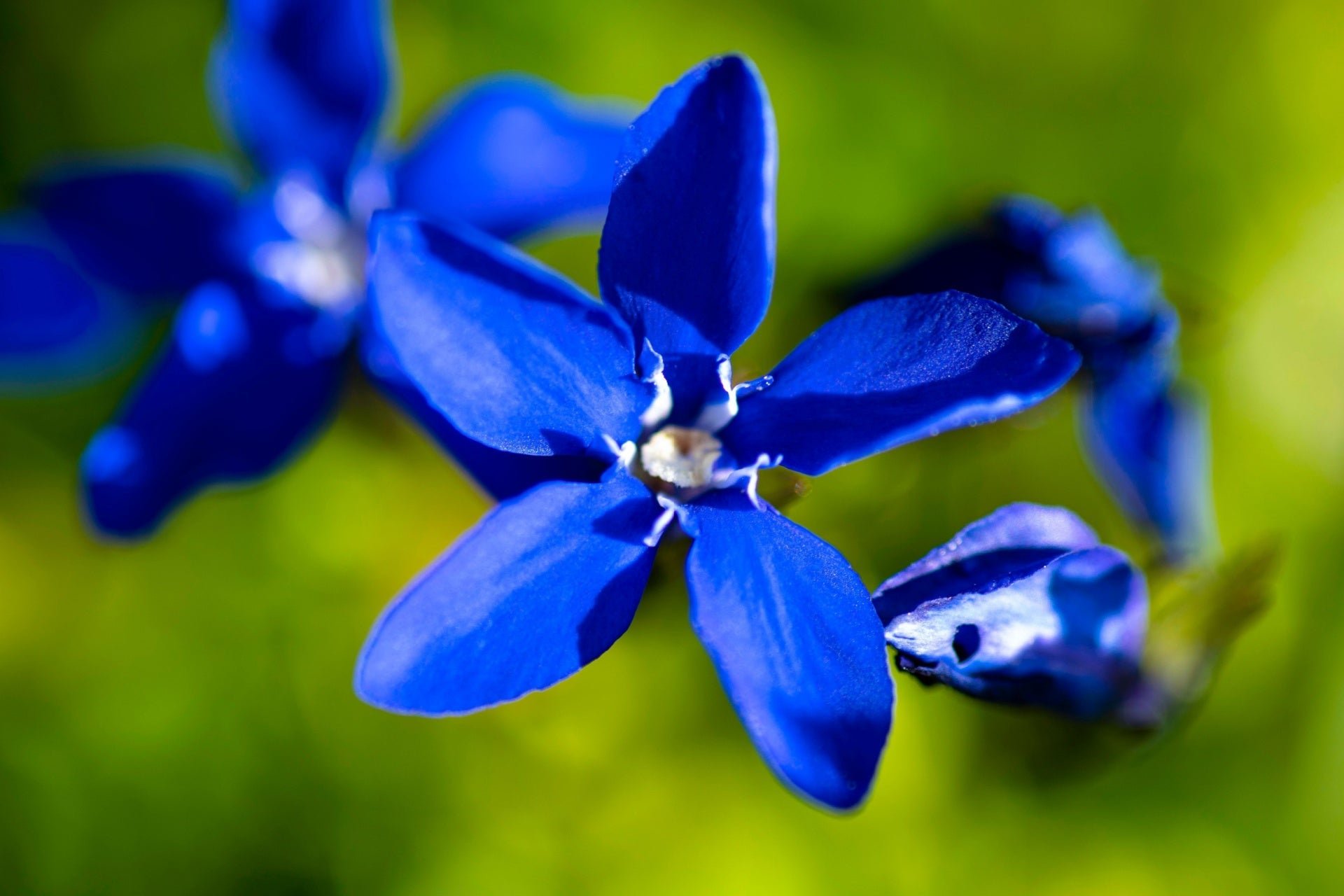
Blue is so much more than a color. It’s hope. It’s a promise of food. It’s a much-needed gulp of air on a hot day. And it’s just a shovel down.
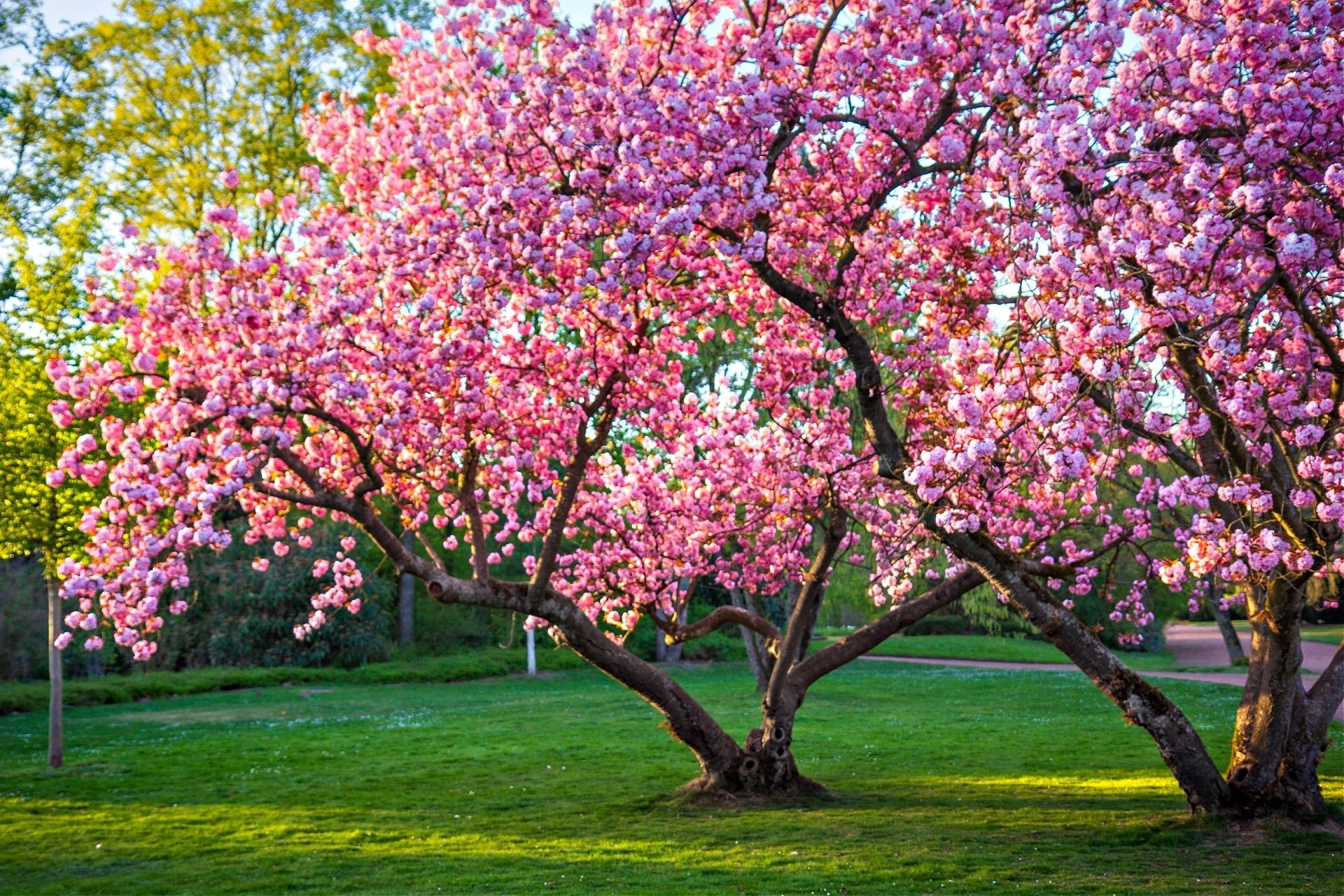
Pink trees are magical. Planting a blooming tree in your yard is an invitation to spring. But if you also plant native trees that bloom with pink flowers, you invite wildlife and a restored environ...

White flowers are ethereal, delicate, and peaceful. Light flowers like bright stars against a sea of green foliage, glow in the moonlight, lighten up shady areas in the garden, and are a natural co...
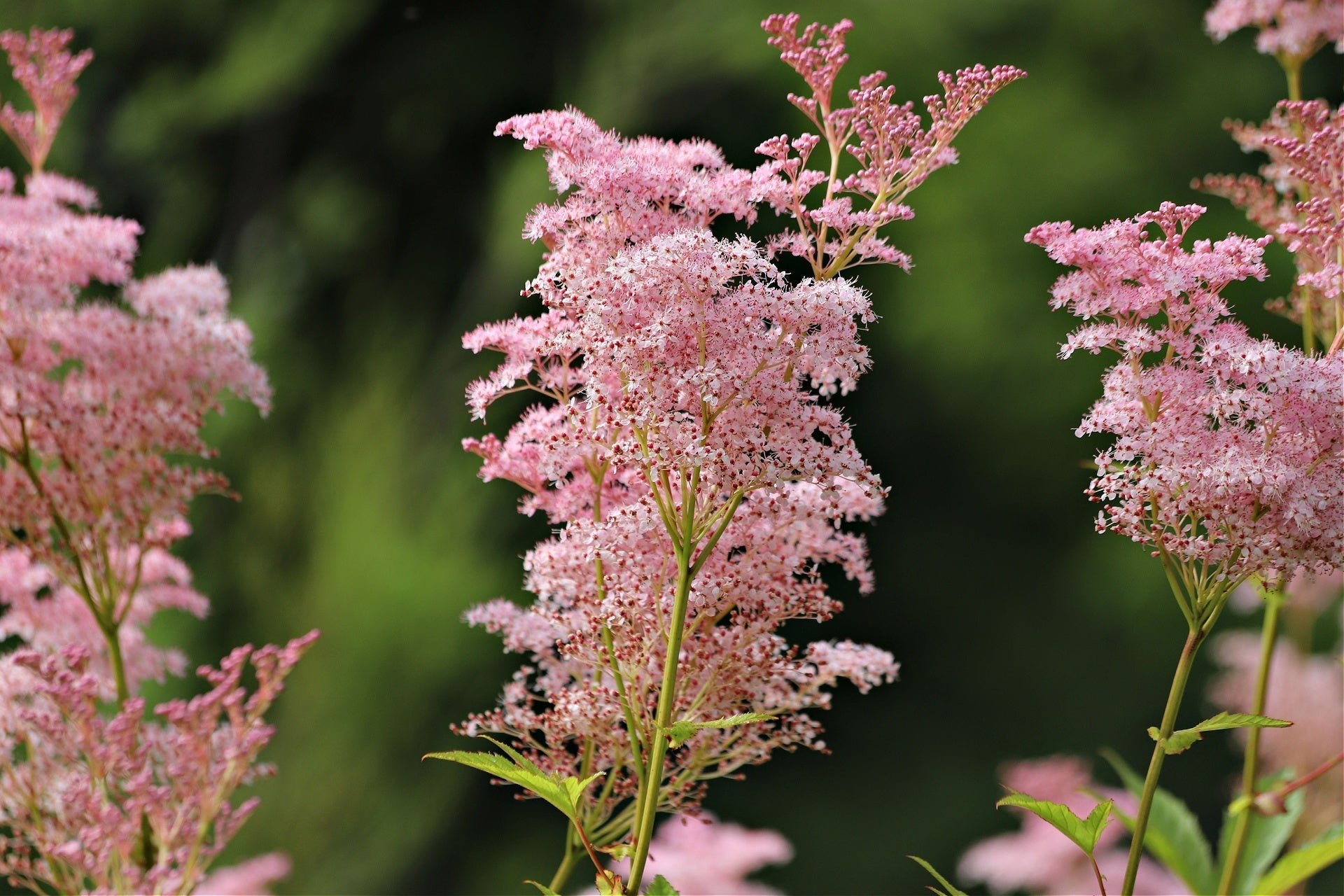
Pink native flowers bring more than beauty and color to a landscape. They represent a choice—gardening with intention, and a desire to celebrate and promote native plant biodiversity. Whether you a...
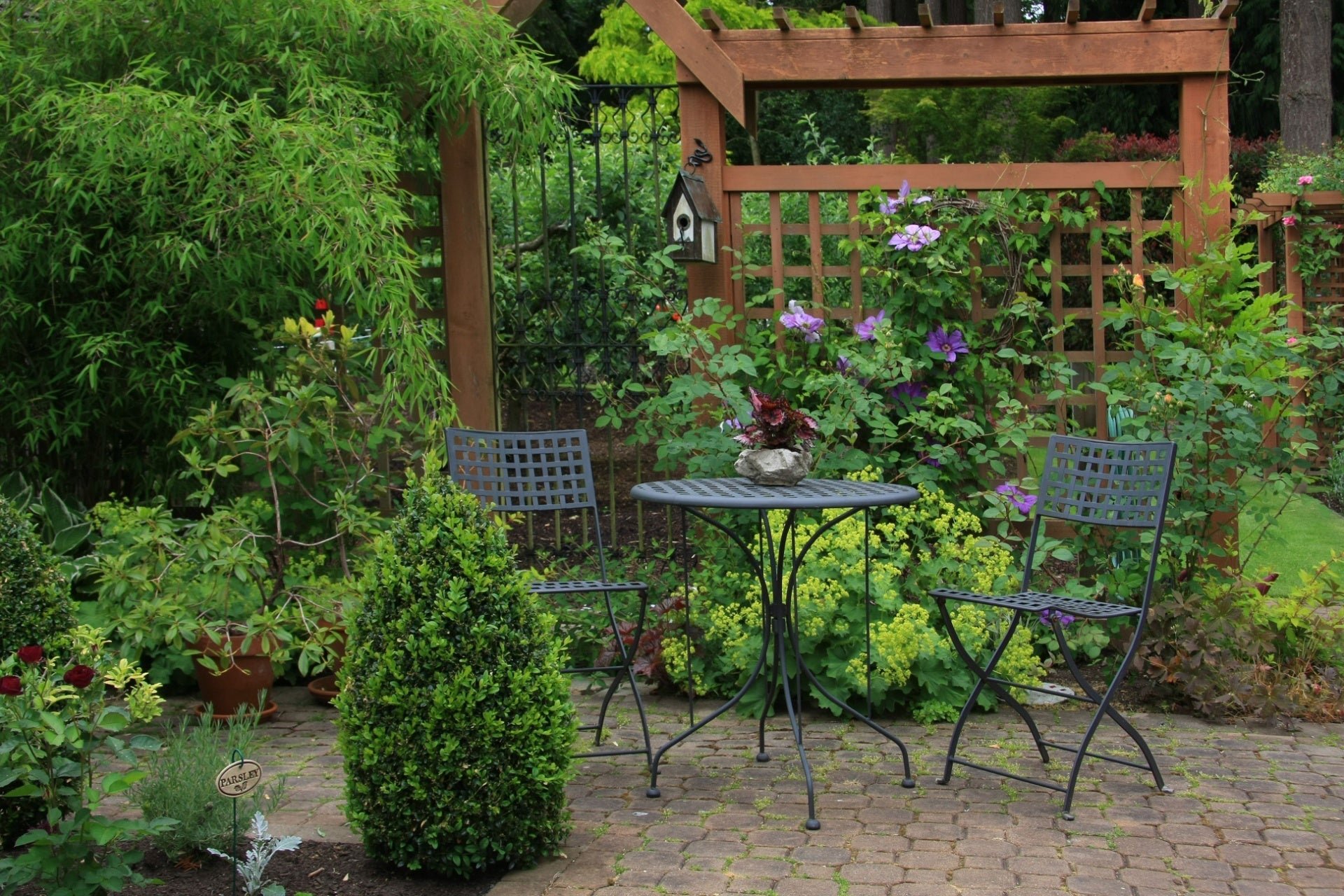
A trellis turns fences, walls, or balcony rails into vertical gardens, letting climbers soar upward to save ground space while adding beauty, privacy, and healthier growth.
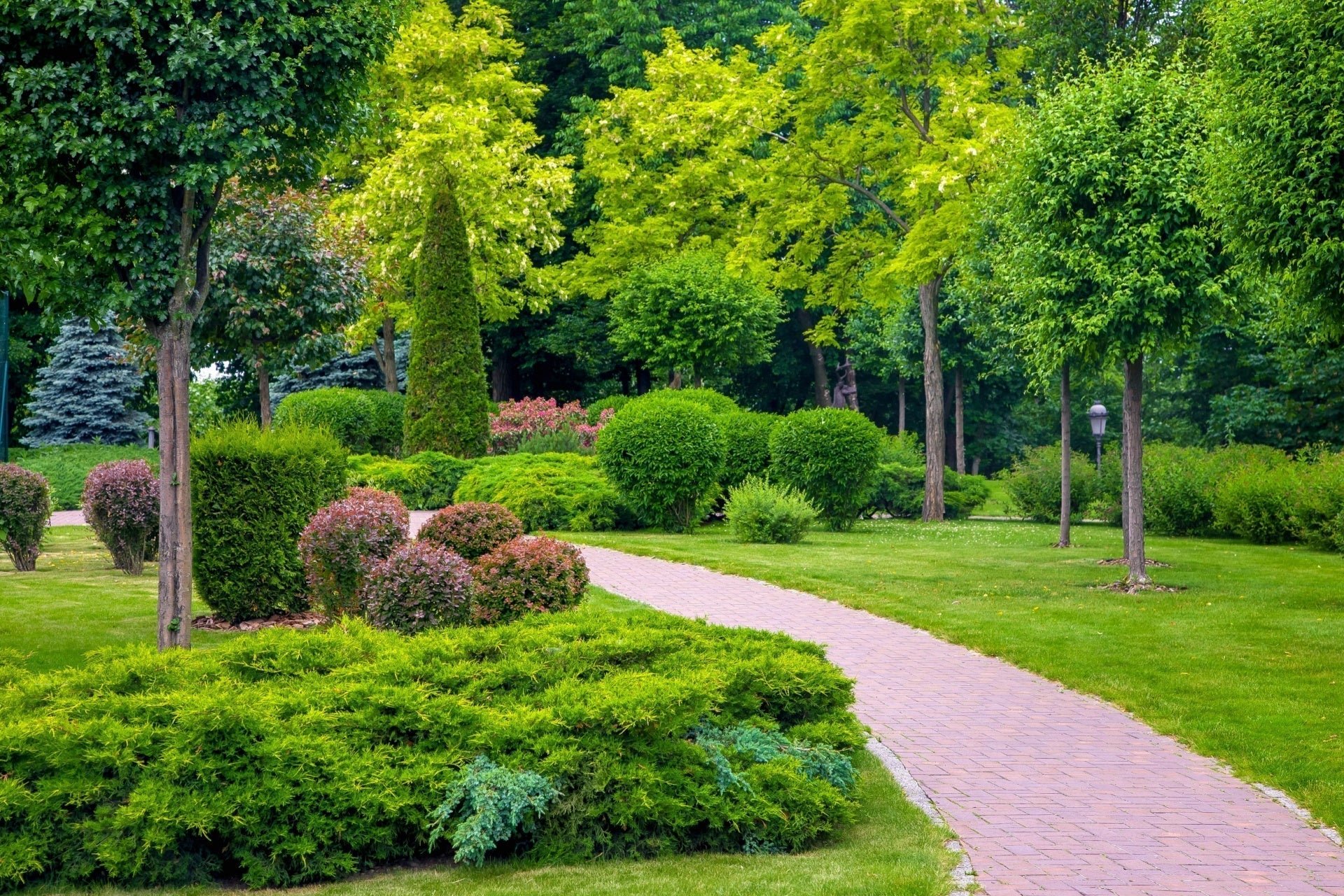
Discover expert tips and best practices for planting and caring for evergreen trees. Learn how to choose the right varieties to keep your landscape green year-round.
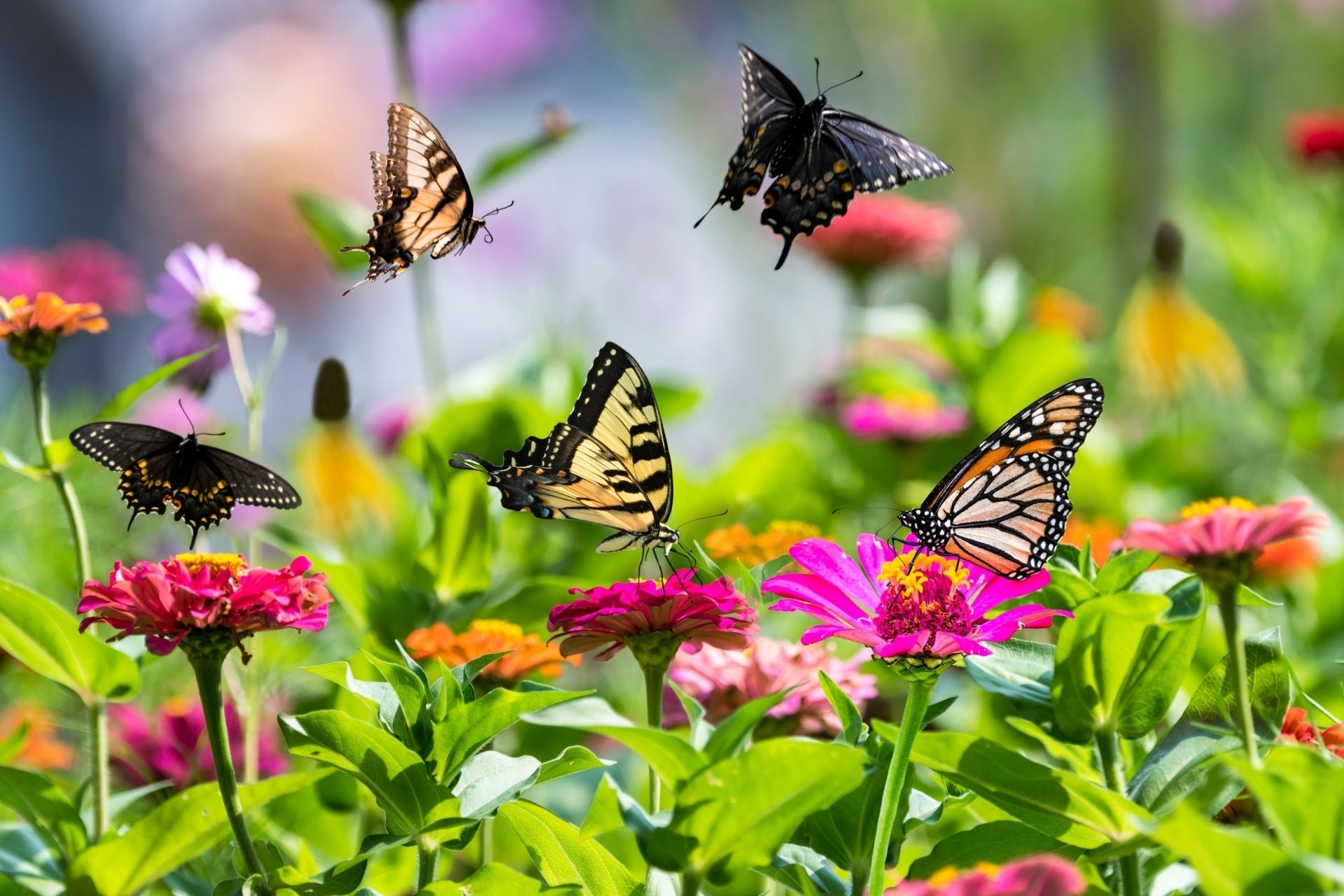
From suburban yards to rural homesteads, everyone can plant for butterflies. By growing native plants in your garden, you’re doing more than just attracting beauty—you’re providing a lifeline to ou...

The best way to create a hummingbird-friendly garden is by using native plants, those that have evolved over thousands of years with hummingbirds and that are therefore naturally attractive to them.
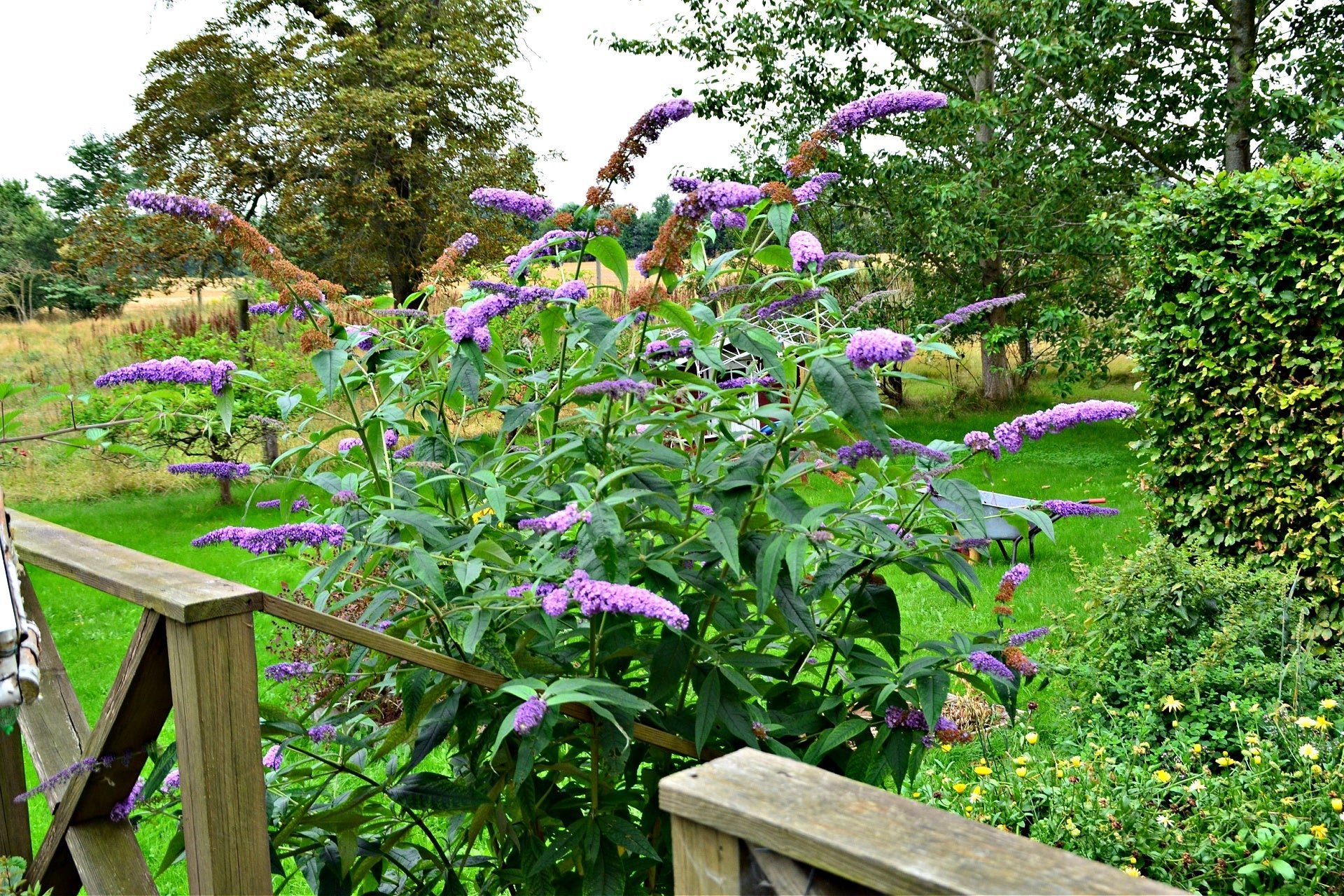
Pollinator gardens are all the rage, and one of the most popular plants gardeners add to their landscape is the Butterfly Bush. Buddleja davidii is a showy shrub with spikes of fragrant purple, pin...

